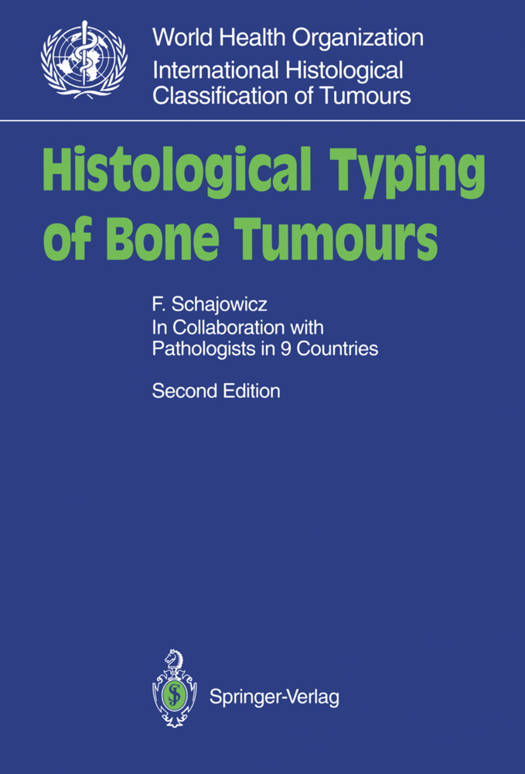
- Afhalen na 1 uur in een winkel met voorraad
- Gratis thuislevering in België vanaf € 30
- Ruim aanbod met 7 miljoen producten
- Afhalen na 1 uur in een winkel met voorraad
- Gratis thuislevering in België vanaf € 30
- Ruim aanbod met 7 miljoen producten
Zoeken
Omschrijving
During the two decades since the publication of the first edition of Histological Typing of Bone Tumours, new methods of diagnosis, es- pecially radiological imaging techniques (computed tomography and magnetic resonance imaging), associated with advances in the new cytomorphological methods including immunohistochemistry, DNA ploidy analysis, cytogenetic chromosomal investigation, etc., have greatly improved our diagnostic tools and treatment results. These advances are reflected by the publication of new editions of various important textbooks in recent years. In these publications classifica- tion criteria differed. In contrast, the WHO classification has been relatively unaltered, and has introduced a limited number of new entities and subdivided others because of distinct histological features and biological be- haviour. In general the framework and the concept of the original classifi- cation, as it has been widely accepted, remains essentially unchanged. The classification is based on the line of histological differentiation, in many instances reflecting the type of intercellular matrix material produced. This approach is justified because it avoids theoretical his- togenetic controversies.
Specificaties
Betrokkenen
- Auteur(s):
- Uitgeverij:
Inhoud
- Aantal bladzijden:
- 130
- Taal:
- Engels
- Reeks:
Eigenschappen
- Productcode (EAN):
- 9783540564607
- Verschijningsdatum:
- 15/11/1993
- Uitvoering:
- Paperback
- Formaat:
- Trade paperback (VS)
- Afmetingen:
- 170 mm x 244 mm
- Gewicht:
- 244 g

Alleen bij Standaard Boekhandel
+ 105 punten op je klantenkaart van Standaard Boekhandel
Beoordelingen
We publiceren alleen reviews die voldoen aan de voorwaarden voor reviews. Bekijk onze voorwaarden voor reviews.











